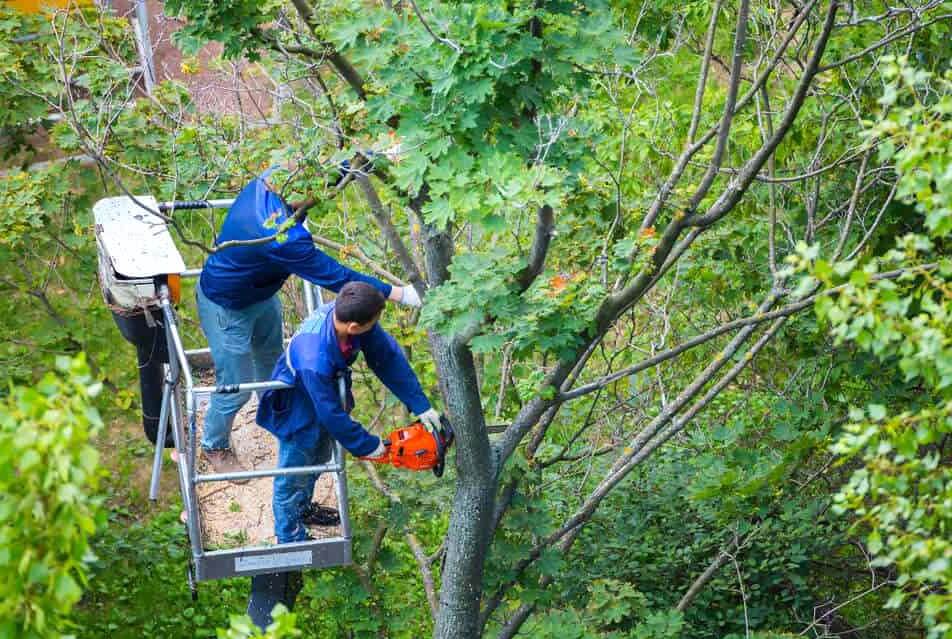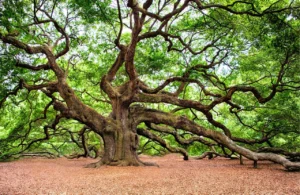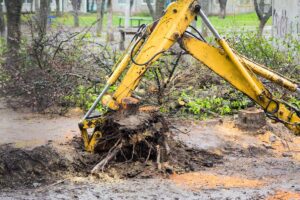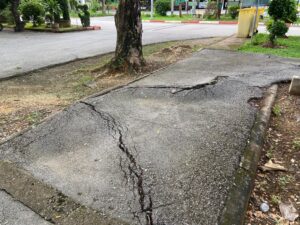Removing a tree can be a daunting and expensive task, particularly for seniors who are managing their budgets carefully. Fortunately, there are several resources and strategies available to help seniors obtain free tree removal services. This guide will provide clear and straightforward information on how seniors can access these services in their area.
Understand Your Need for Tree Removal
Before seeking free tree removal, it’s important to assess why the tree needs to be removed. Common reasons include:
- Safety Concerns: Trees that pose a fall risk to property or people.
- Health Issues: Trees that are dead or diseased and could spread illness to other vegetation.
- Property Interference: Trees that interfere with property lines, utilities, or building structures.
Options for Free Tree Removal
1. Local Government Programs
Many local governments offer assistance programs for seniors needing tree removal, especially when the tree poses a safety hazard.
- Check with Local Municipalities: Contact your city or county’s public works department to inquire about any available services for tree maintenance and removal.
- Hazardous Tree Removal Programs: Some local governments have specific programs aimed at removing trees that could become hazards in storms or due to disease.
2. State and Federal Assistance
- Department of Aging Resources: State departments often have lists of services available to seniors, including home maintenance and tree removal.
- USDA Assistance: In rural areas, the U.S. Department of Agriculture (USDA) provides grants and services to help seniors maintain their property, potentially including tree removal.
3. Non-Profit Organizations
- Local Non-Profits and Charities: Organizations like the United Way, Habitat for Humanity, or local environmental groups sometimes offer free tree removal services to seniors as part of their community assistance efforts.
- Faith-Based Initiatives: Local churches and religious groups often have volunteer programs that include yard work and tree removal for the elderly.
4. Utility Companies
If a tree threatens power lines, the local utility company may remove it for free. Contact your service provider for more information.
- Emergency Services: Particularly for trees that are dangerously close to power lines, utility companies prioritize removal to prevent outages and hazards.
5. Volunteers and Community Help
- Community Groups and Volunteers: Sometimes, local community groups or youth organizations such as the Boy Scouts or Girl Scouts offer services to help seniors with yard maintenance.
- Neighborhood Help: Sometimes the simplest way to address a need is to ask for help within your community. Neighbors might be able to offer or organize help.
How to Access These Services
Step-by-Step Guide
- Identify the Need:
- Determine why the tree needs to be removed.
- Assess the urgency related to safety, property damage, or other issues.
- Research Local Options:
- Contact your local government offices.
- Look into state and federal resources.
- Reach out to non-profits and community organizations.
- Prepare Information:
- Gather any required information, such as proof of age, residency, or income, if necessary for eligibility.
- Take photos of the tree and its location to assist in evaluating the service request.
- Apply or Request Assistance:
- Follow through with applications or formal requests for help.
- Use provided contacts to make requests by phone or email.
- Coordinate with Service Providers:
- Once approved, work with the service provider to schedule the removal.
- Ensure you understand any preparations needed on your part.
What are the “tree removal assistance program for seniors”?
In the United States, there are several tree removal assistance programs specifically designed for seniors, which aim to provide these services for free or at a reduced cost. These programs often cater to seniors who may not have the means or ability to manage or pay for tree removal themselves, ensuring their safety and the upkeep of their property. Here’s an overview of some notable programs and options:
- Local Government and Non-Profit Organizations: Many local governments and non-profit organizations offer programs aimed at assisting seniors with tree removal. This could be due to the risks associated with old or diseased trees. Programs such as the Elderly Arboreal Safety Program (EASP) provide financial aid to eligible seniors for the removal of dangerous trees on their properties.
- Utility Companies: If a tree poses a risk to power lines, local utility companies might remove it at no cost. This service is often prompt, as the primary concern is to maintain the safety and integrity of the utility services.
- Community and Volunteer Groups: Programs like Arbor Aid for Elders and Green Guardians collaborate with local arborists and community volunteers to remove hazardous trees from senior citizens’ properties. These services typically include assessment, removal, and cleanup of the area.
- Federal Assistance Programs: The US Forest Service’s Senior Citizens’ Conservation Corps, for instance, offers free tree removal for seniors willing to participate in community service activities like tree planting and trail maintenance.
- Insurance Coverage: In some cases, if a tree damages your property, your homeowner’s insurance may cover the cost of tree removal. It’s essential to check the specifics of your policy to see what types of damage are covered and under what circumstances.
- Bartering and Local Help: Sometimes, local loggers or companies might remove a tree for free if the wood is valuable or if they can use it. Additionally, reaching out to neighbors or community members for help can be a practical solution.





